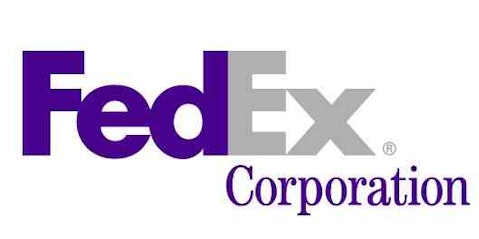The United States Postal Service just announced that it is cutting Saturday delivery in August, moving to a five-day schedule as part of a multiyear effort to reduce costs and remain viable.
That’s not the only change coming down in 2013. The USPS will close half of its processing centers, shutter more than 3,000 local branches, and eliminate about one-third of its workforce — nearly 220,000 employees. It won’t surprise you to learn that these moves will slow the delivery of first-class mail (i.e., letters) by one to three days, making citizens less reliant on the postal service and hastening its demise.

Myth 1: The USPS’ losses show that it’s not a viable business
In the last decade or so, the USPS has been dogged by two significant changes. The most obvious is the advent of email, which has hurt postal volumes, especially first-class mail. That’s a secular change that’s not going away, and all the better for the many benefits it provides (spam notwithstanding).
The other change is political and imposes un-needed stress. In 2006, Congress passed the Postal Accountability and Enhancement Act, forcing USPS to pre-fund the present value of 75 years of its pension and health-benefit fund in 10 years — about $5.5 billion annually for a business mandated to break even.
Listen only to the recent headlines and you might think the USPS is about to drop off the face of the earth. After all, officially it spurted red to the tune of $15.9 billion in 2012. Look closer.
Exactly $11.1 billion of that loss was due to the pre-funding mandate and half of that ($5.5 billion) was deferred from 2011 when the USPS defaulted on its payment in order to fund operations. Below are the official numbers and my adjusted figures accounting for Congress’s mandate.
| 2012 | 2011 | 2010 | |
|---|---|---|---|
| Revenue | $65,223 | $65,711 | $67,052 |
| Operating expenses | $80,964 | $70,634 | $75,426 |
| Interest expense | $165 | $144 | $131 |
| Net loss | ($15,906) | ($5,067) | ($8,505) |
| Adj. operating expenses* | $69,864 | $70,634 | $69,926 |
| Adj. net loss | ($4,641) | ($4,923) | ($2,874) |
Source: USPS. *Subtracts $11.1 billion for 2012 due to delayed funding of 2011’s mandate, $0 for 2011, and $5.5 billion for 2010.
The net losses look daunting. But adjust them for pre-funding to see the actual operating situation instead of the deeply red figures hyped by most media outlets.
That 75-year pre-funding mandate adds substantially to the post office’s losses. This is a requirement that no other government agency, let alone a private company, must face. In short, the USPS is paying for people who aren’t even employees yet — in fact, may not even be born yet!
And the USPS has been a model for prudent squirreling. As of Feb. 2012, it had more than $326 billion in assets in its retirement fund, good for covering 91% of future pension and health-care liabilities. In fact, on its pensions, the USPS is more than 100% funded, compared to 42% at the government and 80% at the average Fortune 1000 company. In health-care pre-funding, the USPS stands at 49%, which sounds not so good until you understand that the government doesn’t pre-fund at all and that just 38% of Fortune 1000 companies do, at just a median 37% rate. The USPS does better than almost everyone.





